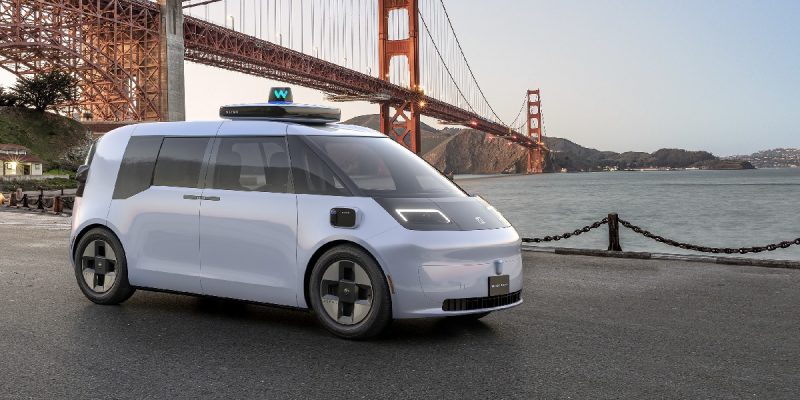Autonomous insurance: How future-ready are insurers?
With connected and autonomous vehicles set to change the insurance liability paradigm away from human drivers, this article examines whether insurers and automakers are really ready for a driverless future.
That’s the question posed by Ulrike Deetjen, partner and co-leader of digital ecosystems for insurers, McKinsey & Co, Kersten Heineke, partner and co-leader of the McKinsey Center for Future Mobility and their co-authors in a blog post on their firm’s website. In it, they discuss the future of mobility and argue that forward-thinking motor insurers can update their approaches “to serve climate-conscious, tech-savvy customers.”
They add in their article, Are insurers ready for the future of mobility?: “In the medium term, insurers can plan to jump at new business opportunities, using the insights and data they have collected from mobility insurance solutions to grow into other areas of the mobility ecosystem. Fleet management, buying and selling used cars, the electric charging market, and car servicing sectors are just a few of the many options. More diversity also provides advantages over aggregators, which tend to benefit from standardization.”
Insurers exploring the market
Speaking to TU-Automotive, Deetjen and Heineke explain the insurers have explored the market potential of connected and autonomous vehicles (CAVs). Their research suggests that more collaborative effort is required by insurers, carmakers, mobility service providers (MSPs), cities and data marketplace players to capture their full market potential. “The sensor technology embedded in vehicles needs to be linked to insurance products to meet rising clients’ expectations – from pricing premiums, developing new products such as pay-as-you-drive or pay-how-you-drive to better customer service,” they explain before adding that a third of all private vehicles sold in 2030 could have Level 3 connectivity and autonomous functionalities or higher by 2030.
The outcome should be fewer claims as a result of fewer accidents occurring. “Our estimate is that we will have a 40% reduction in frequency but those fewer accidents could be more severe, being roughly 15% more expensive per claim,” they suggest.
Clear legal definitions
Jonathan Fong, Association of British Insurers (ABI) senior policy adviser for general insurance, stresses the need to “establish and communicate clear legal definitions around the limits of a vehicle’s self-driving capabilities, and to help users understand their obligations and responsibilities when using them”. Insurers will also need to fulfil their legal obligations. In the UK that means complying with the Automated and Electric Vehicles Act 2018 because of the need to have access to vehicle data.
He explains: “The details of how this data will be shared have yet to be established. The industry stands ready to work with the government and vehicle manufacturers to put in place an appropriate framework for the sharing of data as this will be crucial in determining liability and understanding the cause of an incident.”
To read the complete article, visit TU-Automotive.

















